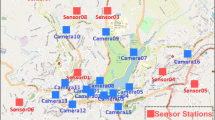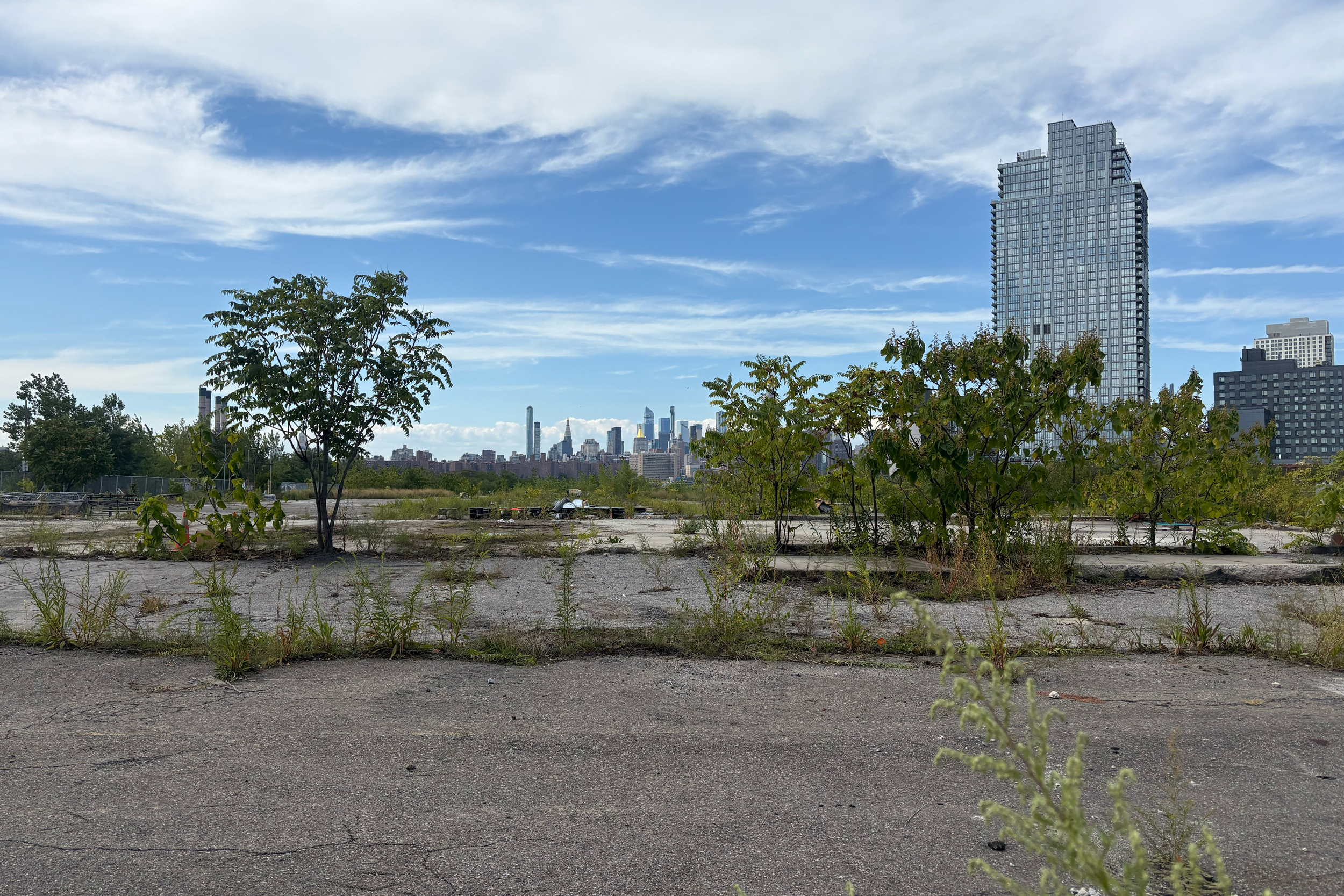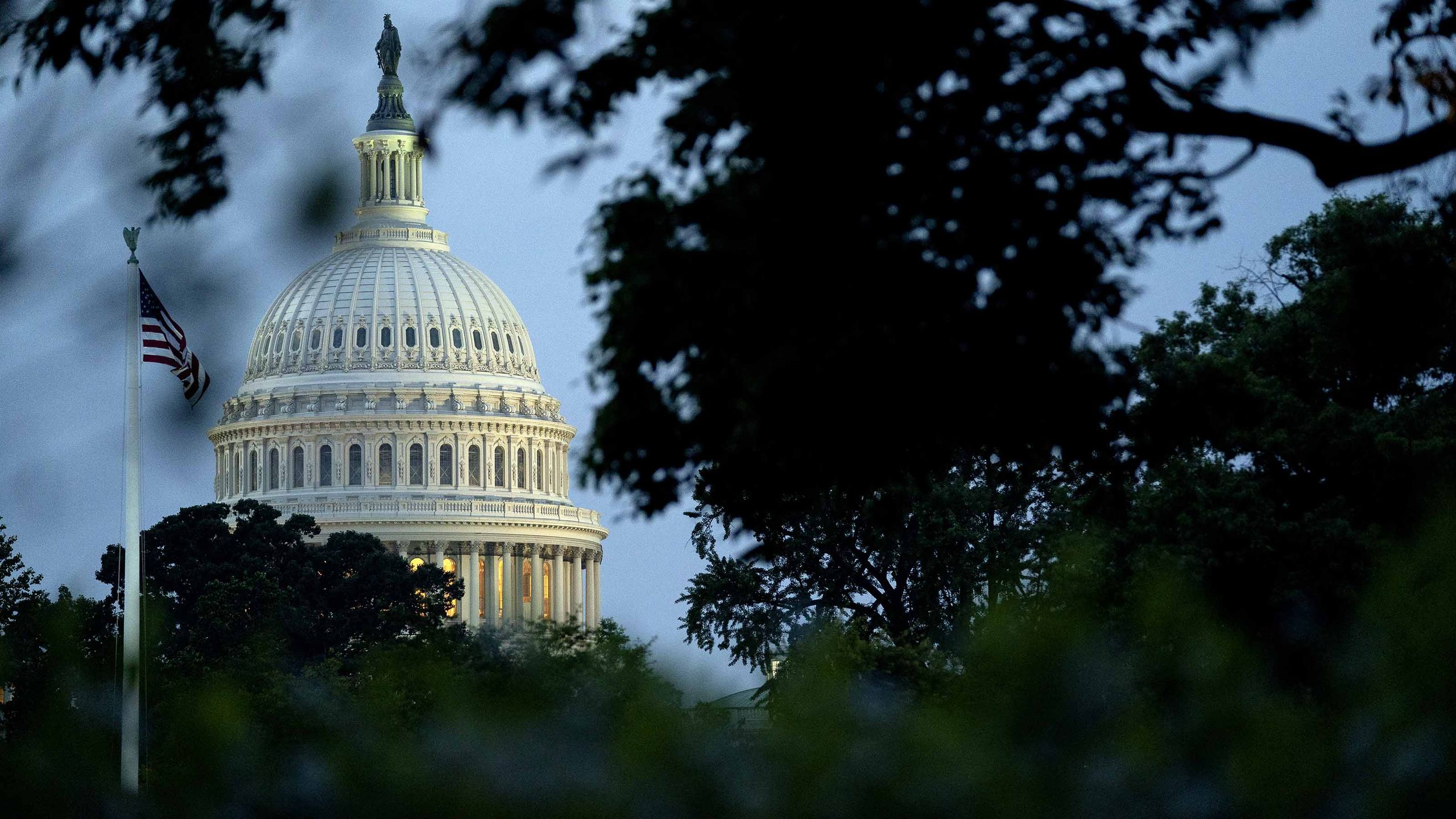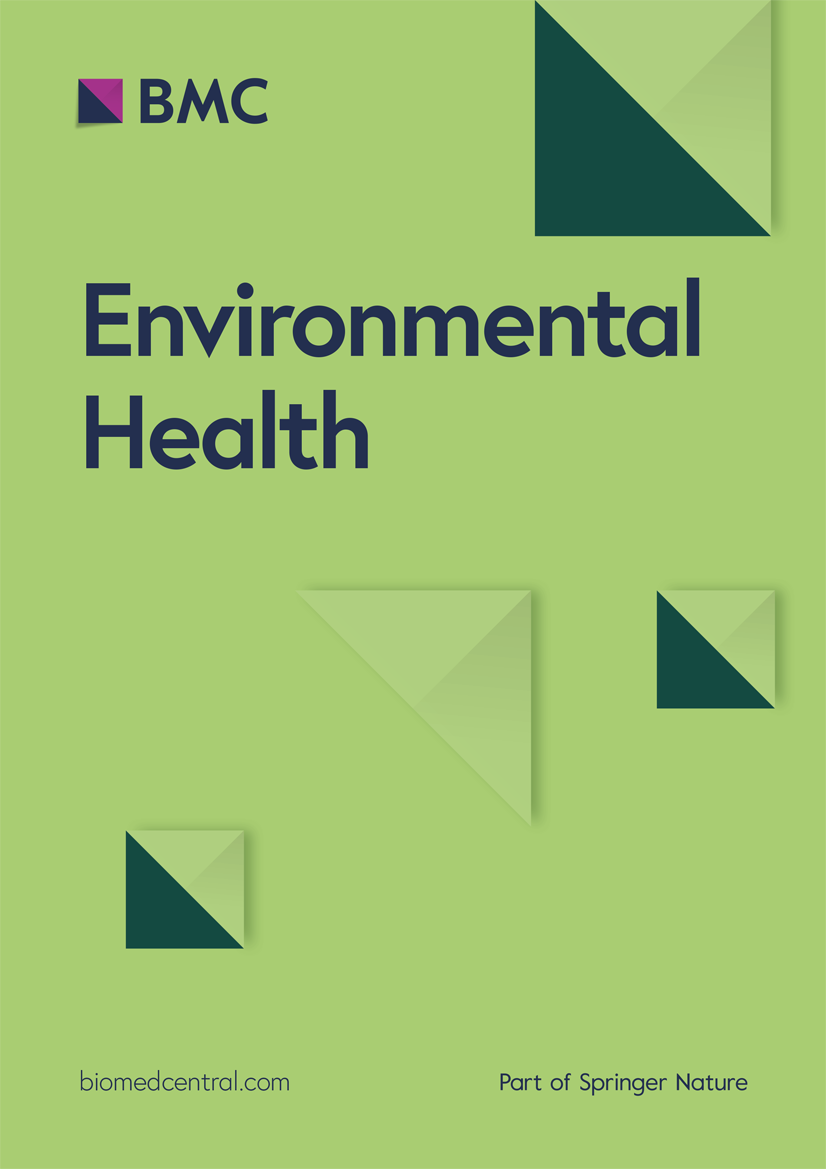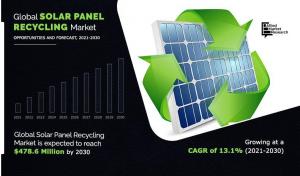Report on the Impact of Convective Dust Events on Urban Air Quality and Sustainable Development Goals
Executive Summary
This report examines the significant, yet often overlooked, impact of short-duration convective dust events on urban environments. These events pose a direct threat to several Sustainable Development Goals (SDGs), particularly SDG 3 (Good Health and Well-being) and SDG 11 (Sustainable Cities and Communities). Traditional air quality monitoring infrastructures, which rely on sparse, hourly measurements, fail to capture the acute, high-intensity pollution spikes characteristic of these events. This data gap leads to an underestimation of public health risks and hinders the development of resilient and sustainable urban centers. This report advocates for the adoption of innovative monitoring strategies, such as dense networks of low-cost sensors, to provide the high-resolution data necessary for effective policy-making, public health protection, and advancing climate action in line with SDG 9 (Industry, Innovation, and Infrastructure) and SDG 13 (Climate Action).
1. Introduction: Convective Dust Events and Sustainable Development Challenges
Convective dust events, often lasting less than an hour, are meteorological phenomena that significantly degrade urban air quality by injecting high concentrations of particulate matter (PM) into the atmosphere. While their impact is substantial, limitations in current monitoring practices mean they are poorly understood, posing a direct challenge to global sustainability targets.
1.1. Threat to SDG 3: Good Health and Well-being
The acute exposure to high concentrations of PM10 and PM2.5 during convective dust events presents a severe public health risk that is not captured by daily exposure guidelines. This undermines efforts to ensure healthy lives and promote well-being for all ages.
- Acute respiratory distress, termed “haboob lung syndrome,” has been linked to exposure, leading to hospitalization and fatalities.
- Standard daily PM thresholds, designed for chronic exposure to anthropogenic pollution, are inadequate for assessing the health risks of these intense, short-term natural events.
- The failure to monitor sub-daily pollution spikes means that vulnerable populations are unknowingly exposed to hazardous air quality levels, directly contravening the objectives of SDG 3.
1.2. Threat to SDG 11: Sustainable Cities and Communities
The goal of making cities inclusive, safe, resilient, and sustainable is compromised by the unmonitored threat of convective dust events.
- Reduced visibility during these events creates safety hazards, leading to transportation accidents and fatalities.
- The unpredictable degradation of air quality makes urban environments less safe and livable.
- Inadequate monitoring infrastructure prevents city planners and public health officials from implementing effective mitigation and alert systems, thus failing to build urban resilience.
2. Analysis of Current Monitoring Deficiencies
The primary obstacle to understanding and mitigating the impact of convective dust events is the inadequacy of traditional air quality monitoring networks. These systems suffer from critical temporal and spatial limitations.
2.1. Temporal Limitations
Regulatory monitoring is typically based on hourly or 24-hour averages. This practice masks the true severity of short-duration dust events.
- Masking of Peak Concentrations: Averaging high, short-term PM concentrations over a full hour or day dilutes the measurement, often resulting in values that fall below regulatory thresholds, even when instantaneous conditions are hazardous.
- Underestimation of Exposure: Case studies from Lubbock, TX, and Phoenix, AZ, demonstrate that 10-minute peak PM concentrations can be 20 to 47 times higher than the reported 24-hour average, highlighting a significant underestimation of public exposure.
2.2. Spatial Limitations
The placement of official monitoring stations is often sparse, leaving large areas of a city unmonitored, which is a critical issue for achieving the inclusive goals of SDG 11.
- Localized Event Impact: Convective dust events can be highly localized, impacting specific neighborhoods while leaving others unaffected. A city with only one or a few sensors can miss an entire event.
- Monitoring Deserts: Many urban areas prone to dust events lack sufficient sensor coverage, creating “monitoring deserts” where the air quality and associated health risks for residents are unknown. The Phoenix case study illustrates how an event can register extreme pollution at one sensor while nearby sensors report normal conditions.
3. Recommendations for Achieving Sustainable Development Goals
To address these challenges and make progress toward SDGs 3, 9, 11, and 13, a paradigm shift in air quality monitoring and modeling is required.
3.1. Foster Innovation in Monitoring Infrastructure (SDG 9)
Building resilient infrastructure and fostering innovation are key to overcoming current monitoring limitations.
- Deploy Dense Networks of Low-Cost Sensors: A widespread network of calibrated, high-grade low-cost sensors can provide the necessary spatial coverage to track dust events across an entire urban area.
- Implement High-Frequency Reporting: These sensors should provide data at high temporal resolutions (e.g., every 1-10 minutes) to capture the true peak concentrations of short-duration events.
- Improve Sensor Technology: Further research and development are needed to enhance the accuracy of low-cost sensors, particularly for detecting coarse dust particles and performing reliably during extreme concentration events.
3.2. Enhance Prediction and Early Warning Systems (SDG 13)
Taking urgent action to combat climate change and its impacts includes improving our ability to predict and respond to extreme weather events like convective dust storms.
- Improve Predictive Models: Current models struggle to accurately simulate convective dust events. Investment is needed to improve model resolution and parameterization to better predict their formation, intensity, and trajectory.
- Develop Public Alert Systems: Reliable predictions are essential for creating effective early warning systems that can alert the public to impending hazardous air quality, allowing them to take protective measures. This directly supports the public health and safety goals of SDG 3 and SDG 11.
4. Conclusion
Convective dust events represent a critical blind spot in urban air quality management, with profound implications for public health, safety, and urban sustainability. The current reliance on low-resolution monitoring data systematically underestimates the associated risks, thereby impeding progress on key Sustainable Development Goals. By embracing innovative technologies like dense, high-frequency sensor networks and improving predictive capabilities, cities can better protect their residents, build resilience, and create healthier, more sustainable communities for all.
1. Which SDGs are addressed or connected to the issues highlighted in the article?
-
SDG 3: Good Health and Well-being
- The article directly connects convective dust events to public health threats. It mentions that these events “pose a health threat as they impact urban air quality” and discusses specific health consequences such as “haboob lung syndrome,” which led to hospitalization for healthy patients with “acute lung infiltrates/pneumonia symptoms,” and in one case, death. This highlights the direct link between air pollution from dust and human illness and mortality.
-
SDG 11: Sustainable Cities and Communities
- The core focus of the article is on the impact of dust events on “urban air quality” in cities like Lubbock, Texas, and Phoenix, Arizona. It analyzes how these environmental events affect the well-being of urban populations and the limitations of air quality monitoring within these urban settings. The discussion revolves around making cities safer and more resilient to such environmental hazards.
-
SDG 9: Industry, Innovation, and Infrastructure
- The article critiques the current infrastructure for air quality monitoring, stating that “traditional air quality monitoring methods do not always capture” short-duration dust events due to “limitations of temporal and spatial observations.” It proposes an innovative solution: developing a more resilient and effective monitoring infrastructure through “dense networks of low-cost sensors” to improve data collection and understanding.
-
SDG 13: Climate Action
- Convective dust events are a type of natural, weather-related hazard. The article’s call to improve understanding, modeling, and prediction of these events aligns with strengthening resilience and adaptive capacity to climate-related hazards. It states that reliable predictions are necessary to “help determine their effects on air quality” and “help predict how these convective dust events will change in the future,” which is crucial for climate adaptation and public safety.
2. What specific targets under those SDGs can be identified based on the article’s content?
-
Target 3.9: By 2030, substantially reduce the number of deaths and illnesses from hazardous chemicals and air, water and soil pollution and contamination.
- This target is directly relevant as the article details the health risks posed by air pollution from dust particles (PM10 and PM2.5). The mention of “haboob lung syndrome,” hospitalizations, and fatalities resulting from exposure to convective dust events underscores the goal of reducing illnesses and deaths from air pollution.
-
Target 11.6: By 2030, reduce the adverse per capita environmental impact of cities, including by paying special attention to air quality.
- The article’s entire analysis is centered on the adverse environmental impact of dust on urban air quality. It examines how cities like Phoenix and Lubbock are affected and argues that current methods “mask the severity and true impact of these convective dust events” on the urban environment. The focus on measuring and understanding PM concentrations in cities is a direct engagement with this target.
-
Target 9.5: Enhance scientific research, upgrade the technological capabilities of industrial sectors in all countries…encouraging innovation.
- The article identifies a technological gap in air quality monitoring and explicitly calls for innovation. It suggests that “dense networks of these low-cost sensors… may help improve the ability to capture these short convective dust events.” This recommendation to adopt new technologies and improve scientific methods for data collection directly supports the enhancement of technological capabilities and research.
-
Target 13.1: Strengthen resilience and adaptive capacity to climate-related hazards and natural disasters in all countries.
- Dust storms are a natural hazard. The article points out that “many models cannot accurately simulate or predict these convective dust events.” It concludes by emphasizing the need to “develop better mitigation practices and allow the creation of prediction and warning systems that could be used to alert the public,” which is a core component of building resilience and adaptive capacity to such disasters.
3. Are there any indicators mentioned or implied in the article that can be used to measure progress towards the identified targets?
-
Indicator 11.6.1: Annual mean levels of fine particulate matter (e.g. PM2.5 and PM10) in cities (population weighted).
- This indicator is explicitly and repeatedly discussed. The article provides specific measurements of “PM10 and PM2.5” concentrations in µg m-3 for various dust events in Phoenix and Lubbock. For example, it notes that on October 17, 2011, in Lubbock, the “hourly PM2.5 concentration at the peak of the dust was 167 µg m-3.” The article critically analyzes this indicator, arguing that daily or annual means are insufficient and that short-duration (10-minute and hourly) measurements are needed to capture the true impact.
-
Indicator related to Target 3.9 (Implied): Mortality and morbidity rates attributed to air pollution.
- While not citing the official indicator (3.9.1), the article implies its relevance by discussing the health outcomes of dust events. It reports on “healthy patients who were hospitalized a few days after exposure to convective dust events” and notes that “one even passed away.” This directly links air quality to morbidity (illness/hospitalization) and mortality (death), which are the metrics used to measure progress on this target.
-
Indicator related to Target 9.5 (Implied): Density and technological capability of air quality monitoring infrastructure.
- The article implies the need for an indicator to track the improvement of monitoring infrastructure. It highlights the spatial and temporal limitations of current systems, noting that “Lubbock has only one reference sensor” and that many locations “do not have any air quality sensors or have only one.” Progress could be measured by the increase in the number and density of advanced sensors (like the proposed “dense networks of low-cost sensors”) that provide high-frequency (e.g., 10-minute) data in urban areas.
-
Indicator related to Target 13.1 (Implied): Availability and effectiveness of early warning systems for natural hazards.
- The article’s conclusion calls for the “creation of prediction and warning systems that could be used to alert the public, mainly in regions prone to these convective dust events.” This implies that a measure of progress would be the development and implementation of such systems. The effectiveness of these systems in reducing exposure and health impacts would be a key metric for measuring resilience to this specific natural hazard.
4. Table of SDGs, Targets, and Indicators
| SDGs | Targets | Indicators |
|---|---|---|
| SDG 3: Good Health and Well-being | Target 3.9: Substantially reduce deaths and illnesses from air pollution and contamination. | Implied: Morbidity and mortality rates attributed to air pollution from dust events (e.g., cases of “haboob lung syndrome,” hospitalizations, fatalities). |
| SDG 11: Sustainable Cities and Communities | Target 11.6: Reduce the adverse per capita environmental impact of cities, paying special attention to air quality. | Explicit: Levels of fine particulate matter (PM2.5 and PM10) in cities. The article provides specific daily, hourly, and 10-minute concentration values (e.g., 10-min PM10 concentrations of 8129 µg m-3 in Phoenix). |
| SDG 9: Industry, Innovation, and Infrastructure | Target 9.5: Enhance scientific research and upgrade technological capabilities. | Implied: Density and technological capability of air quality monitoring infrastructure, such as the deployment of “dense networks of low-cost sensors” providing short-duration measurements. |
| SDG 13: Climate Action | Target 13.1: Strengthen resilience and adaptive capacity to climate-related hazards and natural disasters. | Implied: Existence and effectiveness of “prediction and warning systems” to alert the public about convective dust events. |
Source: nature.com

